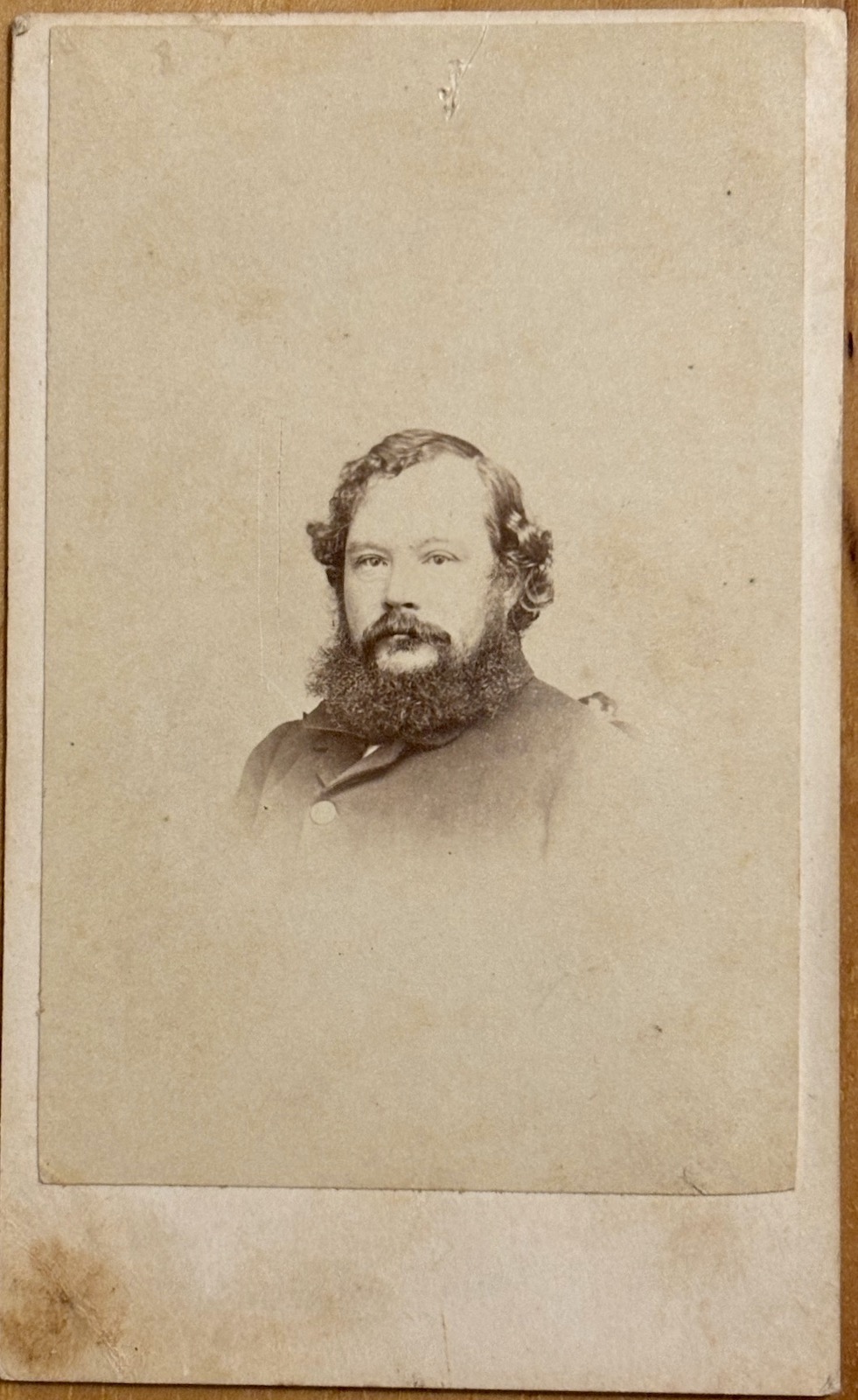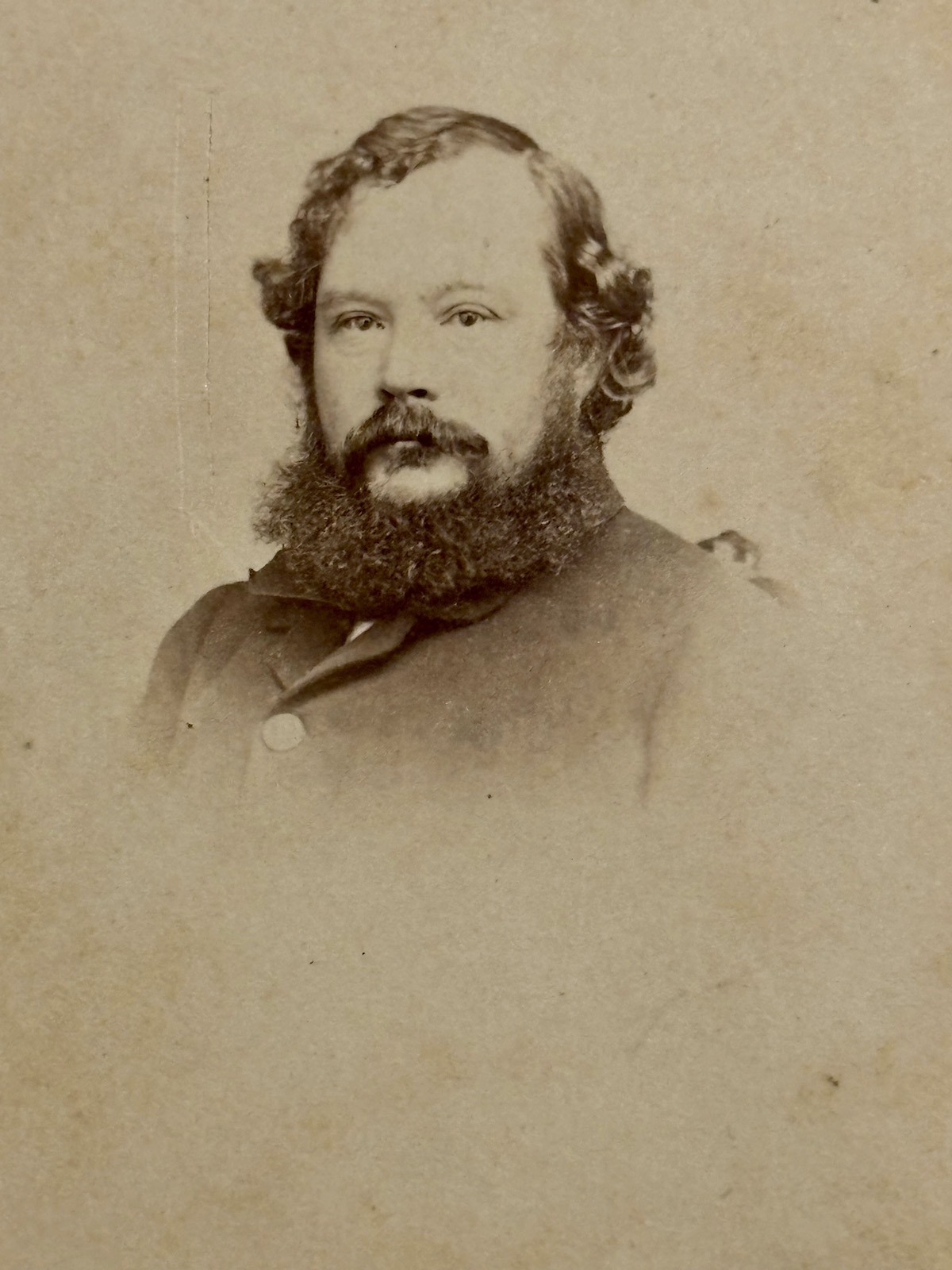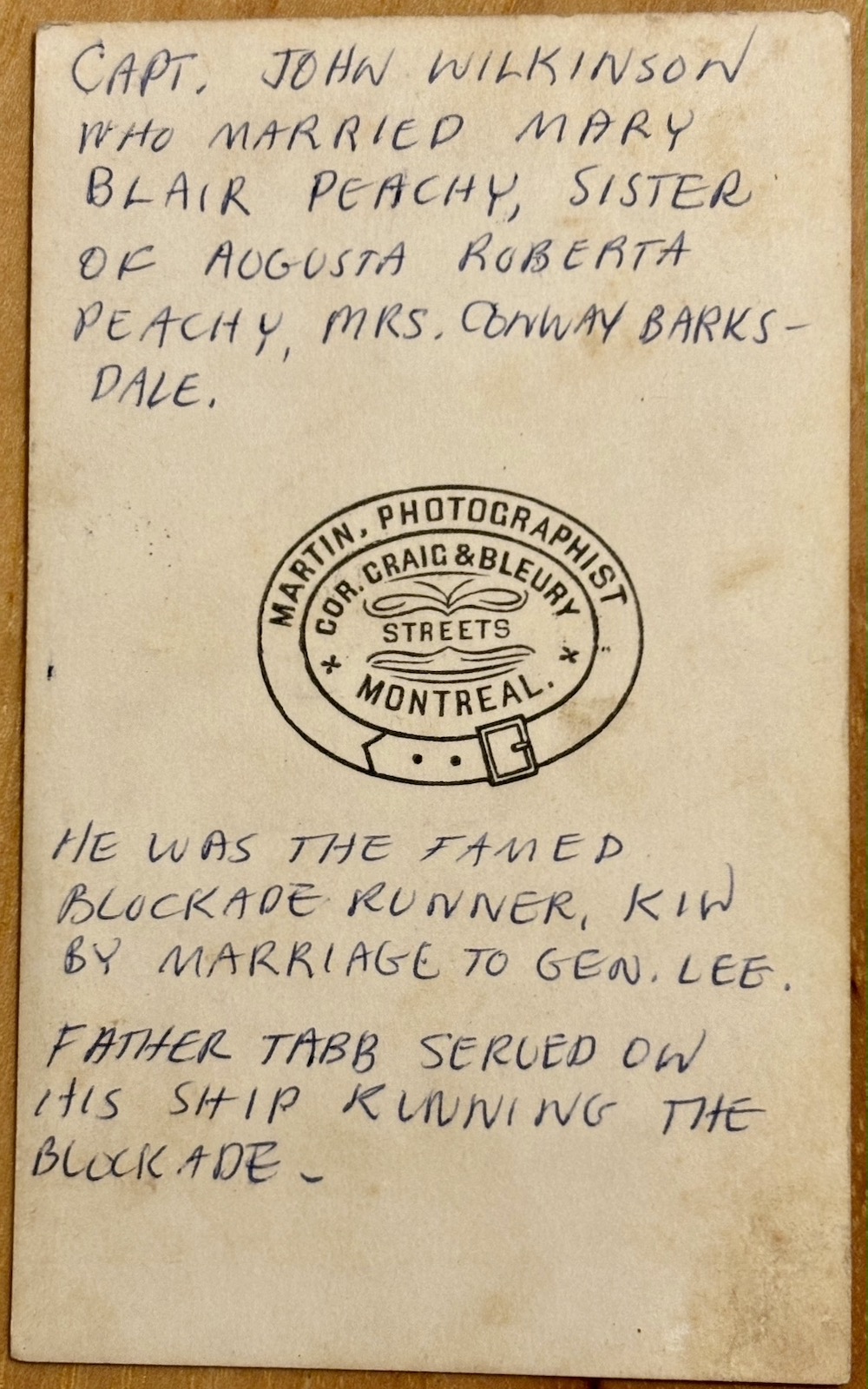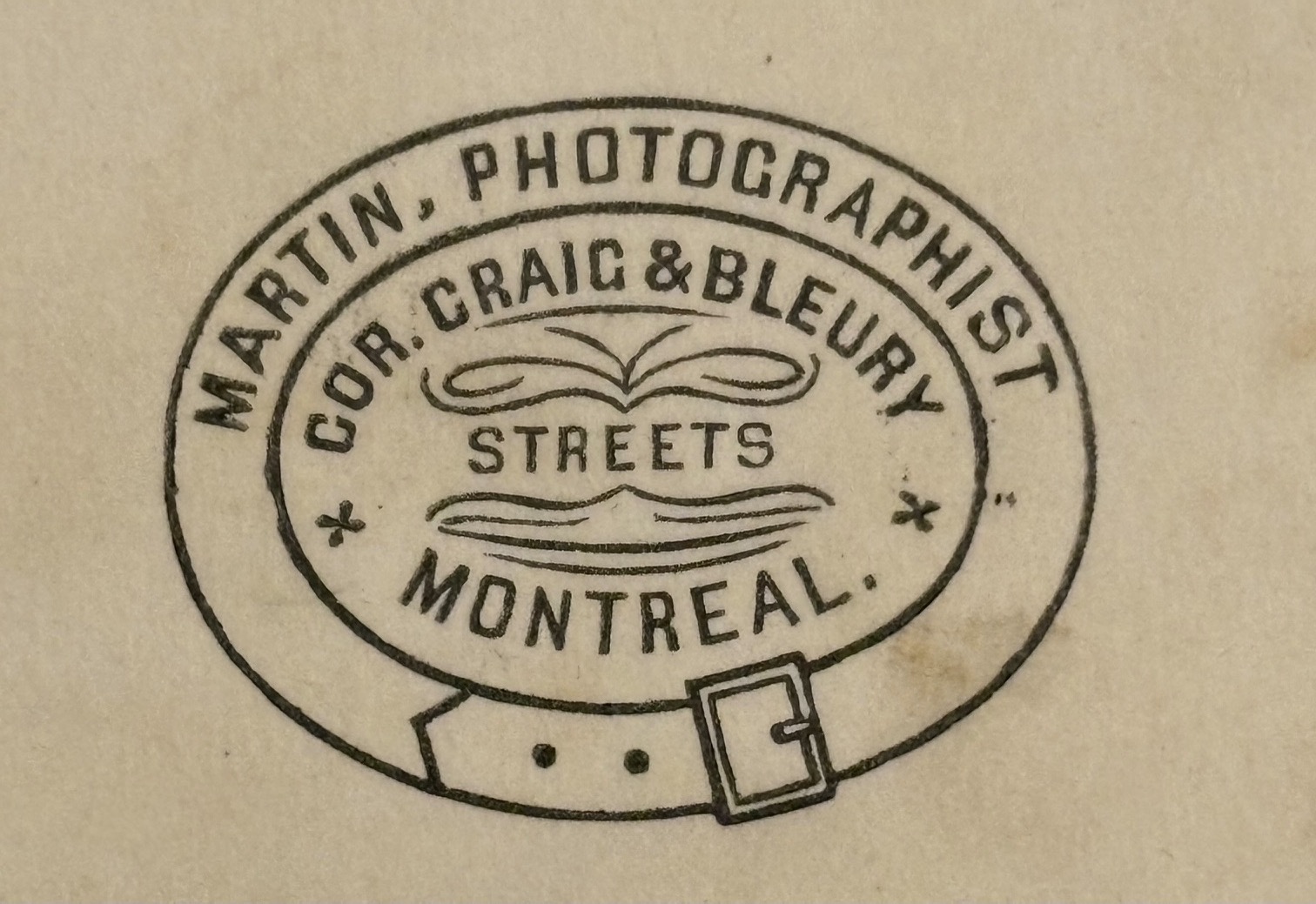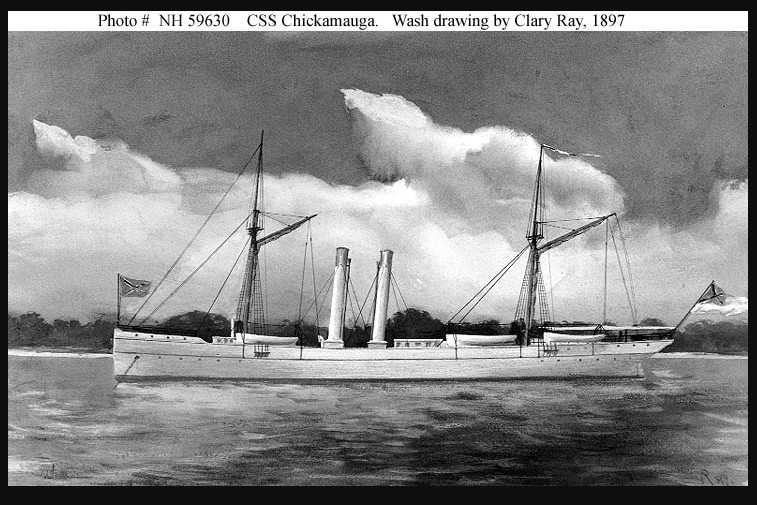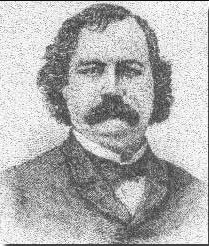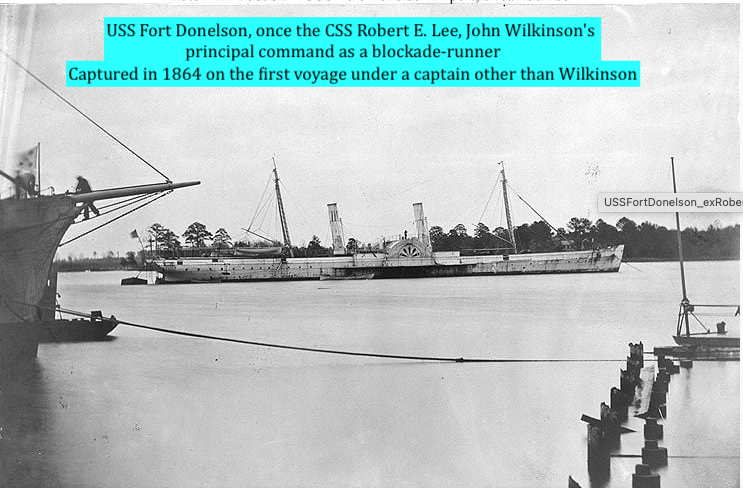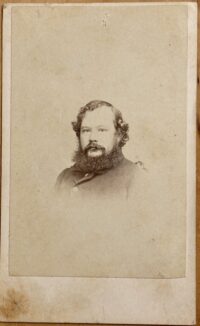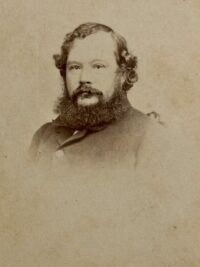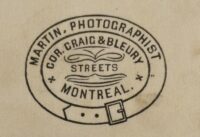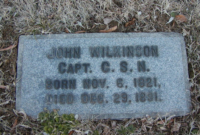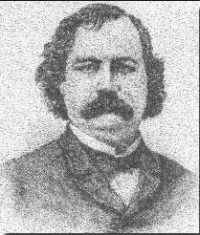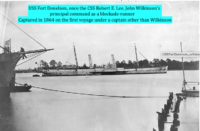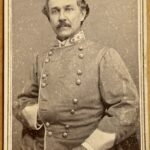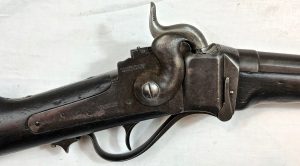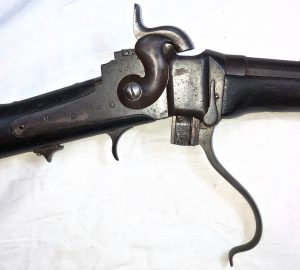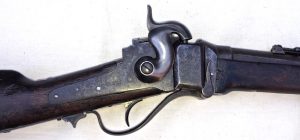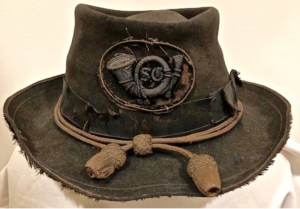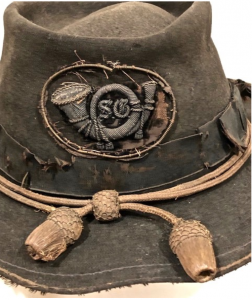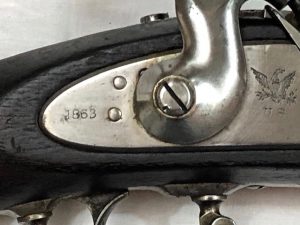Carte de Visite of Confederate Blockade Runner Captain John Wilkinson
SOLD
Carte de Visite of Confederate Blockade Runner Captain John Wilkinson – This rare CDV depicts famed Confederate blockade runner Captain John Wilkinson; the image’s back mark indicates that the photograph was taken in Montreal; immediately following the end of the war, Wilkinson escaped to Canada and remained there for several years, finally returning to his native Virginia, in the late 1870s. Wilkinson had been commissioned in the U.S. Navy for 20 years, prior to the start of the Civil War; when Virginia seceded, he attempted to resign, but was ultimately dishonorably discharged. In 1862, Wilkinson was sent by the Confederate government to England where he purchased, on behalf of the Confederacy, the British vessel Giraffe. Wilkinson renamed the boat the CSS Robert E. Lee. Captain Wilkinson then began a wartime career as an eminent blockade runner, in command of the R.E. Lee, then the CSS Chickamauga, as well as other blockade runners. This CDV remains in excellent condition, with notations on the back written by a descendant in the 1960s. There is a slight, brownish “smudge” on the lower left of the card which does not impact the image proper.
John Wilkinson (CSN)
John Wilkinson was born in Norfolk, Virginia on November 6, 1821. He was a lieutenant and captain in the Confederate States Navy (CSN) during the American Civil War. He was commander of several blockade runners, including the CSS Robert E. Lee and the CSS Chickamauga. For the CSS Robert E. Lee, he persuaded the owner in Scotland to sell it to the CSN for the same price that they had just bought her for. Wilkinson died on December 25, 1891.
Wilkinson, John (1877). The Narrative of a Blockade-Runner.
Sheldon & Company, New York. p. 252
A CONFEDERATE BLOCKADE-RUNNER (1862, by John Wilkinson)
During the time of the American Civil War, the closing of seaports was a matter left in the hands of local officials. In a move to prevent the delivery of supplies and weapons from allies both domestic and foreign, President Abraham Lincoln ordered a blockade by Federal ships of all major Southern U.S. ports. Some historians later regarded this action as a constitutional breach of his authority, since it effectively meant redefining the newly formed Confederate States of America as a hostile, and autonomous, entity. The move gave rise to one of the most romantic figures of the war, the blockade-runner, who slipped past fleets of heavily armed Union ships on moonless nights and often under fire to bring food and medicine to desperate Southern cities. John Wilkinson (1821–1891) was perhaps the most famous of these. A twenty-year veteran of the Navy, Wilkinson attempted to resign his commission when Virginia seceded from the Union, but was upbraided and subsequently dishonorably discharged. Shortly after, he was dispatched to England, where he purchased the steamship Giraffe, renamed Robert E. Lee. On the night of 28 December 1862, Wilkinson ran his first blockade off the shores of Wilmington, North Carolina. Among his many adventures and narrow escapes, he once created a smoke cloud from the Lee’s funnels using low-grade North Carolina coal and coal dust to throw off the doggedly pursuing USS Iroquois, fastest of the Federal blockade cruisers. After the war, he resigned himself to life in Nova Scotia, but at last returned to his native Virginia and, in 1877, published a widely read account of his experiences.
- Wilkinson, “The Narrative of a Blockade Runner,” 1877
Description
Personal narrative of Capt. J. Wilkinson on his exploits of running the blockade of Confederate Ports, specifically Wilmington, NC during the U.S. Civil War. He tells of sitting off the coast in heavy weather and traversing New Inlet with the help from “The Mound’s” protection and distinction among the flat ground along the coast. He continues to tell of his exploits of going back and forth between Wilmington and Bermuda and The Bahamas.
Captain of the CSS Chickamauga, blockade runner
CSS CHICKAMAUGA, originally the blockade runner Edith, was purchased by
the Confederate Navy at Wilmington, N.C., in 1864. In September when she
was nearly ready for sea the Confederate Army sought unsuccessfully to
retain her at that place for use as a troop and supply transport. On 28
October 1864, she put to sea under L. J. Wilkinson, CSN, for a cruise
north to the entrance of Long Island Sound, thence to St. Georges,
Bermuda, for repairs and coal. She took several prizes before returning
to Wilmington on 19 November.
During the bombardment of Fort Fisher, 24-25 December 1864, a portion of
CHICKAMAUGA’s crew served the guns at the fort. Although not immediately
engaged in defense of Fort Fisher, the ship rendered further aid in
transporting ammunition. She lent support to the fort when it was
bombarded again on 15 January 1865.
After the evacuation of Wilmington, CHICKAMAUGA went up the Cape Fear
River where she was sunk by the Confederates.
Birth
6 Nov 1821
Amelia County, Virginia, USA
Death
25 Dec 1891 (aged 70)
Burial
Annapolis, Anne Arundel County, Maryland, USA

